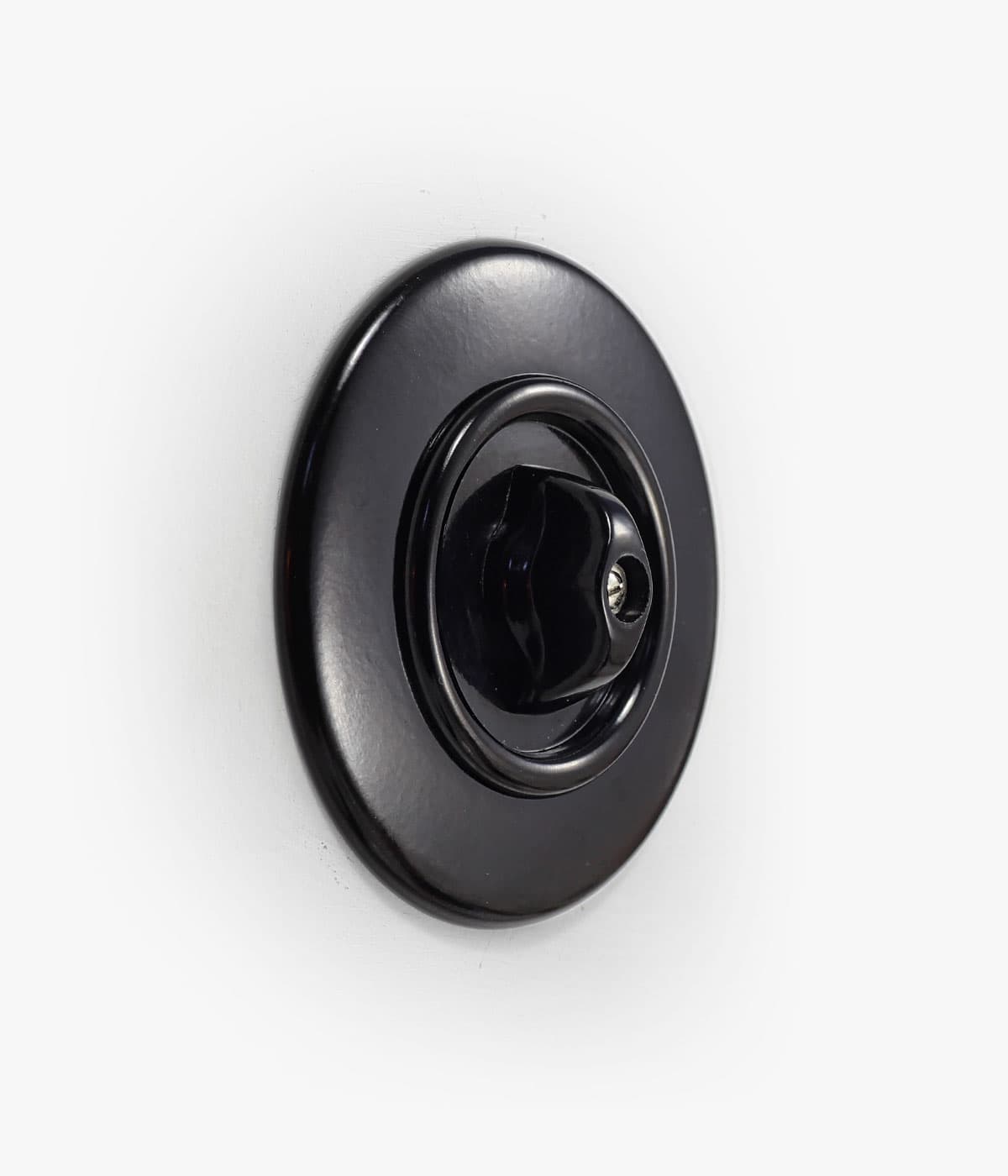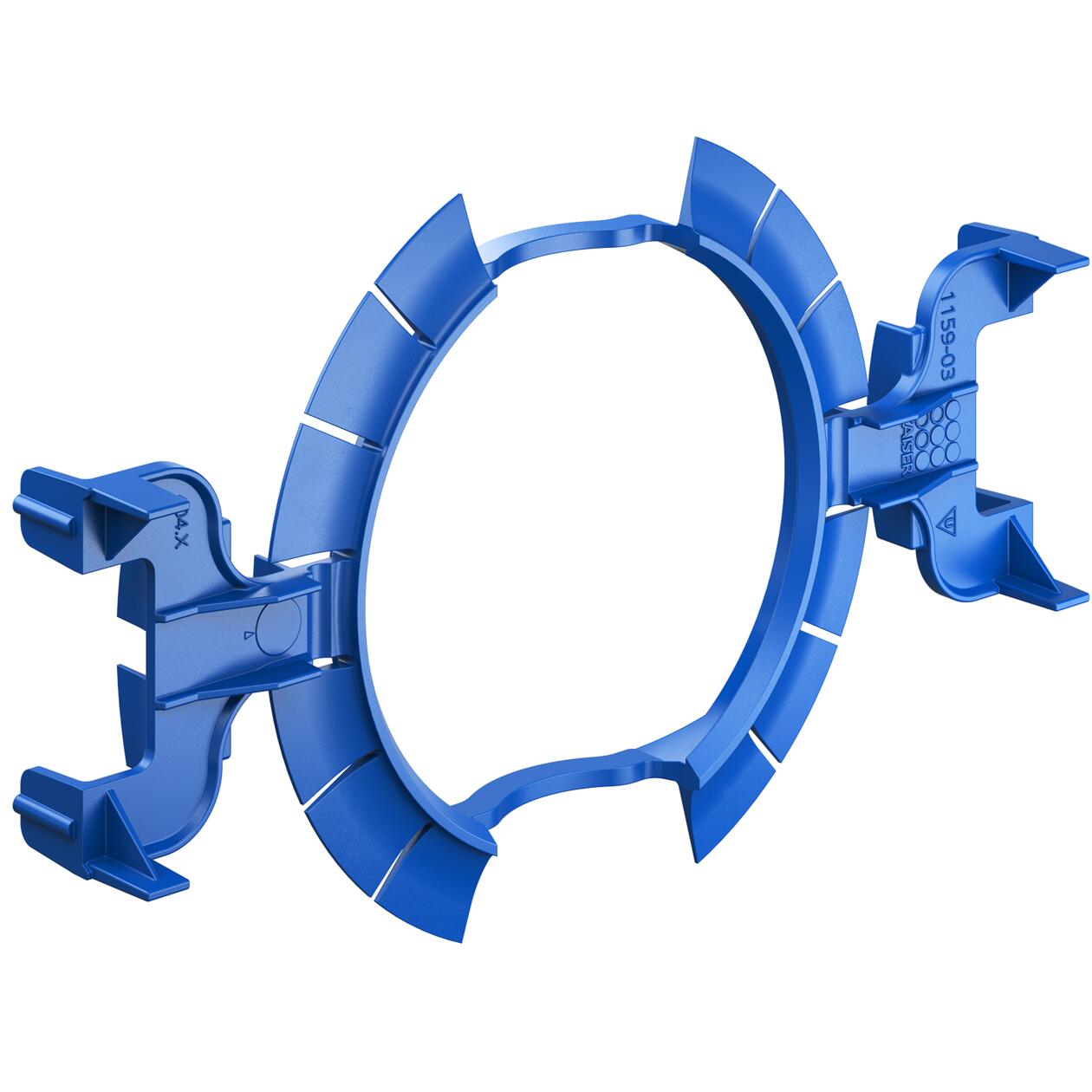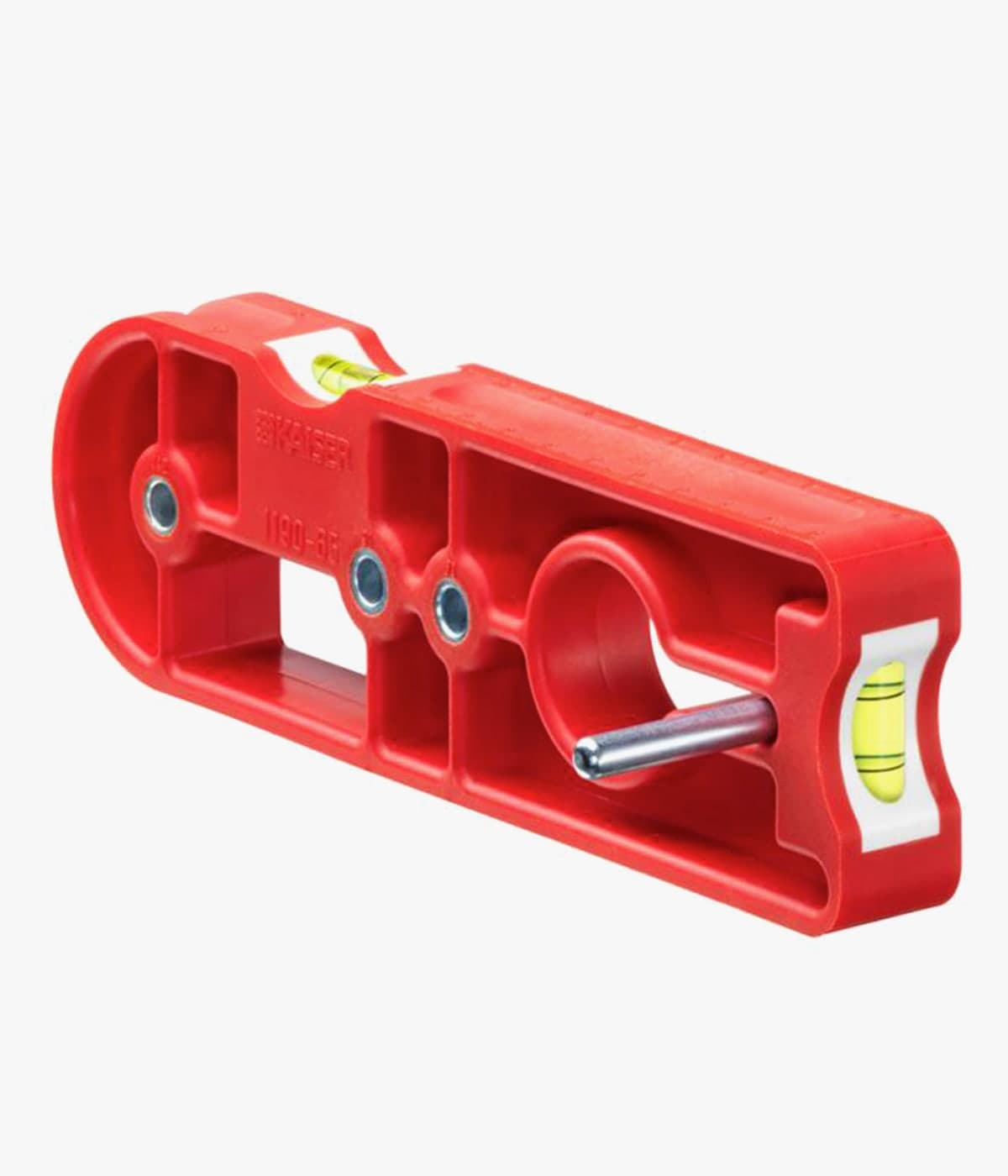- Dec 18, 2011
- 5,378
- 6,731
- 405,788
- If you're a qualified, trainee, or retired electrician - Which country is it that your work will be / is / was aimed at?
- United Kingdom
- What type of forum member are you?
- Practising Electrician (Qualified - Domestic or Commercial etc)
My customer wants to fit round sockets and switches. He has sent me a link to the back boxes that are required.
A few questions..
1. Has anyone fitted these before (see links below)? if so, did the backboxes take much longer than normal 25mm boxes? I believe they are 46mm deep or even 66mm??!! Do they need cementing in as I don't think they have screw holes? They look like a pain! No variable lug on one side, so has to be fitted perfectly level!!
2. The sockets will be unswitched. I can't see a problem with this as Table J1 in OSG shows a plug and socket as acceptable for isolation (and even functional switching) but thought I'd check?
3. Any other unforeseen problems using this style of socket/switch and backbox?
Backbox Kaiser back box for solid walls - Swtch - https://www.swtch.co.uk/product/kaiser-backbox-solid-wall/
Dimmer Duroplast Dimmer Round - Swtch - https://www.swtch.co.uk/product/duroplast-led-dimmer-round-switch/#what-you-need-to-know
Socket Roo Nigra Socket - Swtch - https://www.swtch.co.uk/product/katypaty-roo-nigra-socket/?attribute_pa_finish=black-matt&attribute_pa_function=single-unswitched
Switch

 www.swtch.co.uk
www.swtch.co.uk
What a PITA . Still, you charge accordingly
. Still, you charge accordingly 
A few questions..
1. Has anyone fitted these before (see links below)? if so, did the backboxes take much longer than normal 25mm boxes? I believe they are 46mm deep or even 66mm??!! Do they need cementing in as I don't think they have screw holes? They look like a pain! No variable lug on one side, so has to be fitted perfectly level!!
2. The sockets will be unswitched. I can't see a problem with this as Table J1 in OSG shows a plug and socket as acceptable for isolation (and even functional switching) but thought I'd check?
3. Any other unforeseen problems using this style of socket/switch and backbox?
Backbox Kaiser back box for solid walls - Swtch - https://www.swtch.co.uk/product/kaiser-backbox-solid-wall/
Dimmer Duroplast Dimmer Round - Swtch - https://www.swtch.co.uk/product/duroplast-led-dimmer-round-switch/#what-you-need-to-know
Socket Roo Nigra Socket - Swtch - https://www.swtch.co.uk/product/katypaty-roo-nigra-socket/?attribute_pa_finish=black-matt&attribute_pa_function=single-unswitched
Switch

Bakelite Rotary Round - Swtch
A faithful re-invention of the rotary switch common in Europe in the 1910s and 20s, made from that much-loved, classic material of the era: Bakelite. This
 www.swtch.co.uk
www.swtch.co.uk
What a PITA
 . Still, you charge accordingly
. Still, you charge accordingly 







 . Thankyou.
. Thankyou. You've all written so much and we even have a supplier helping out!! However, the customer is having a rethink, erring towards a more British rectangle...
You've all written so much and we even have a supplier helping out!! However, the customer is having a rethink, erring towards a more British rectangle...





